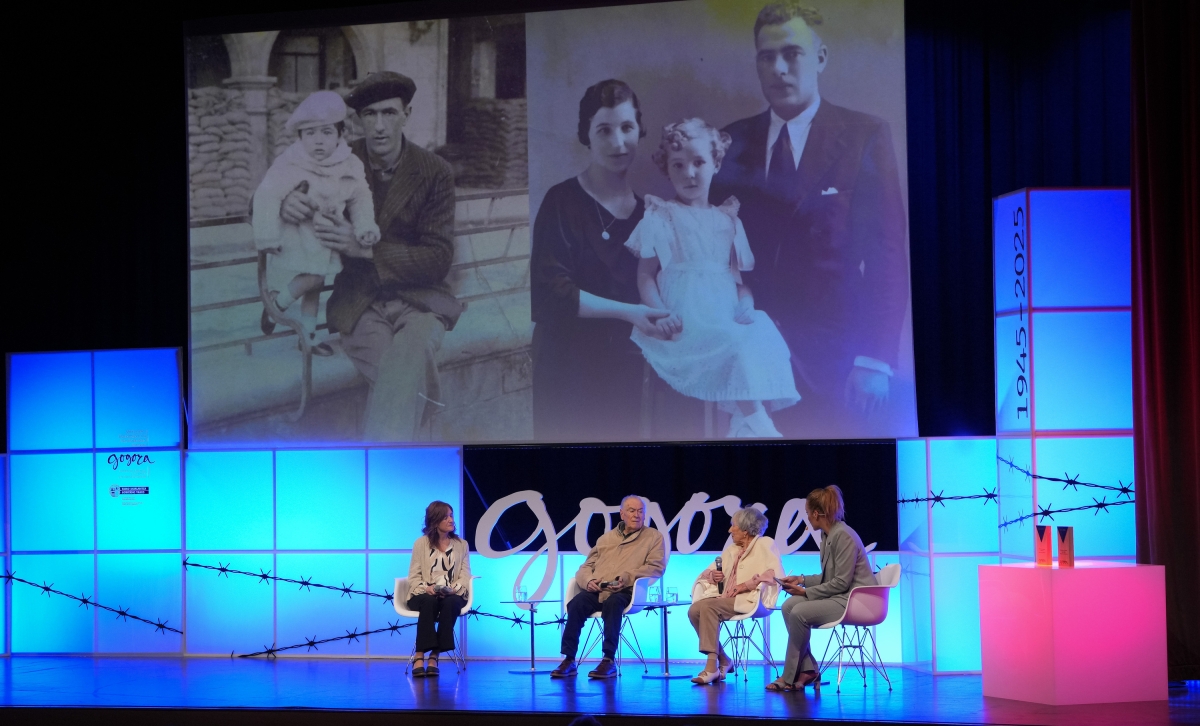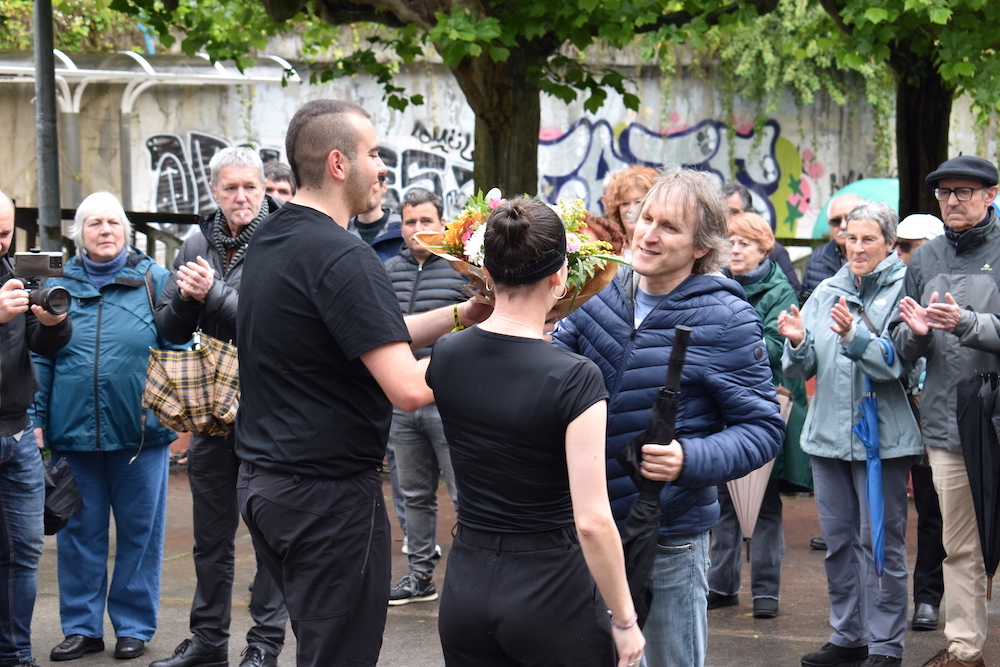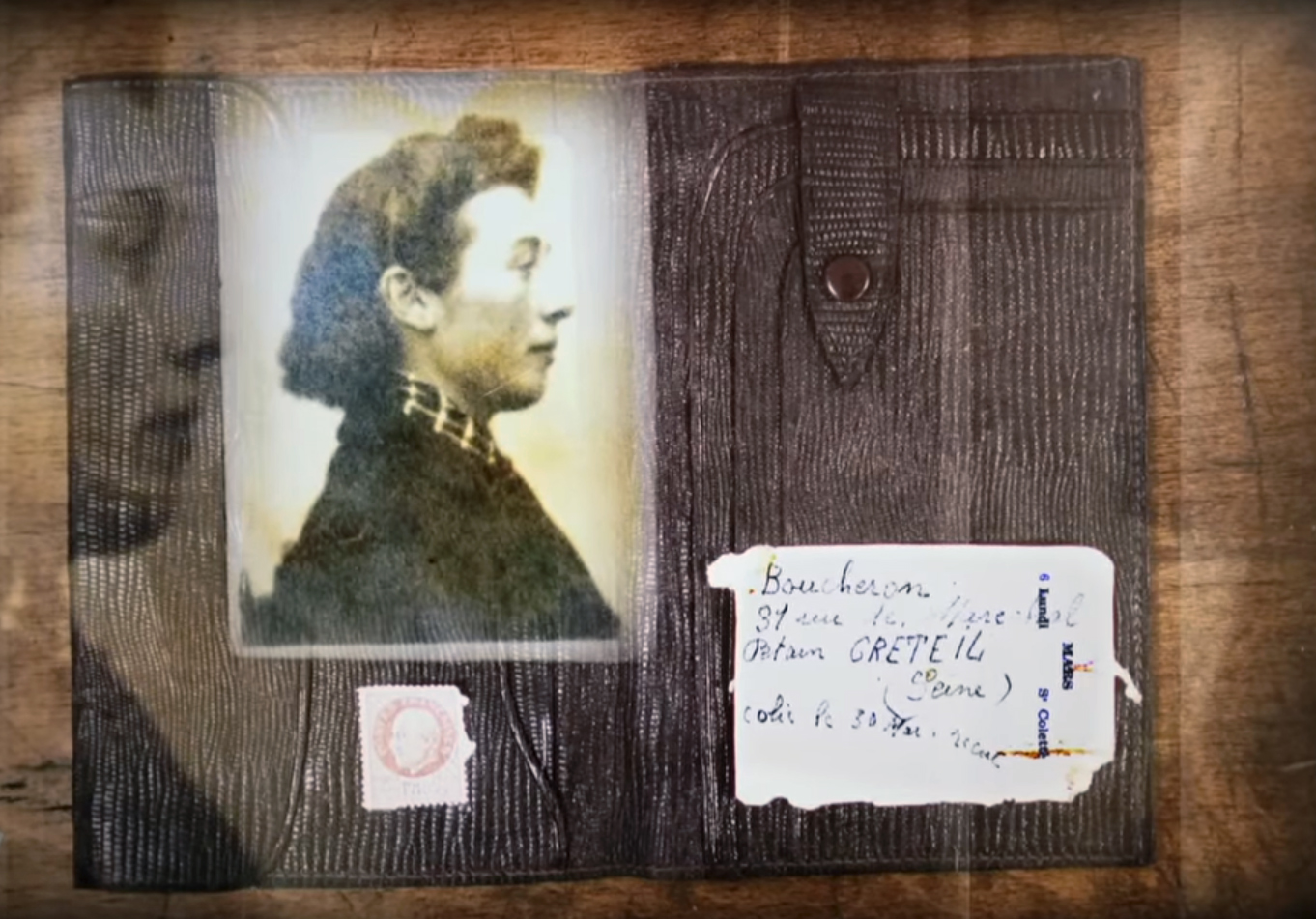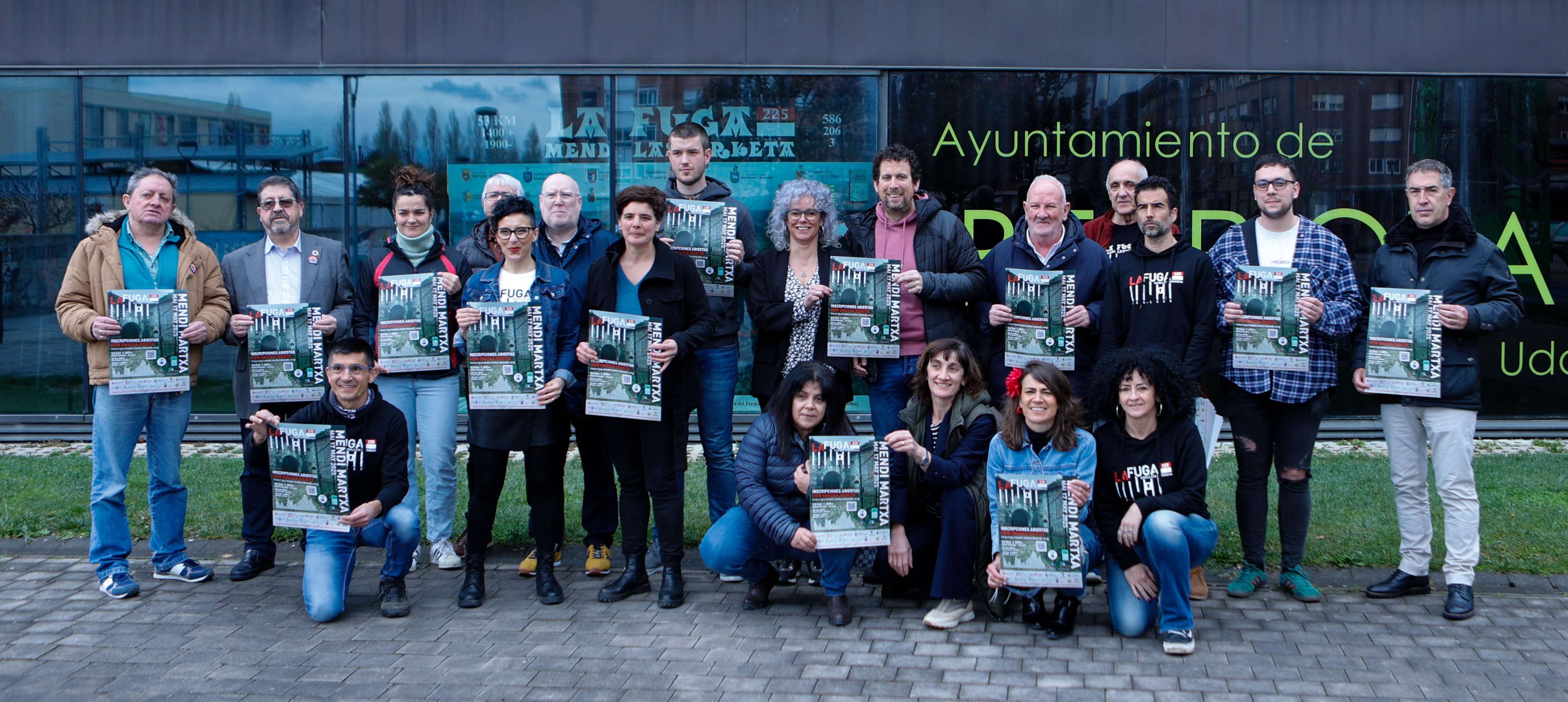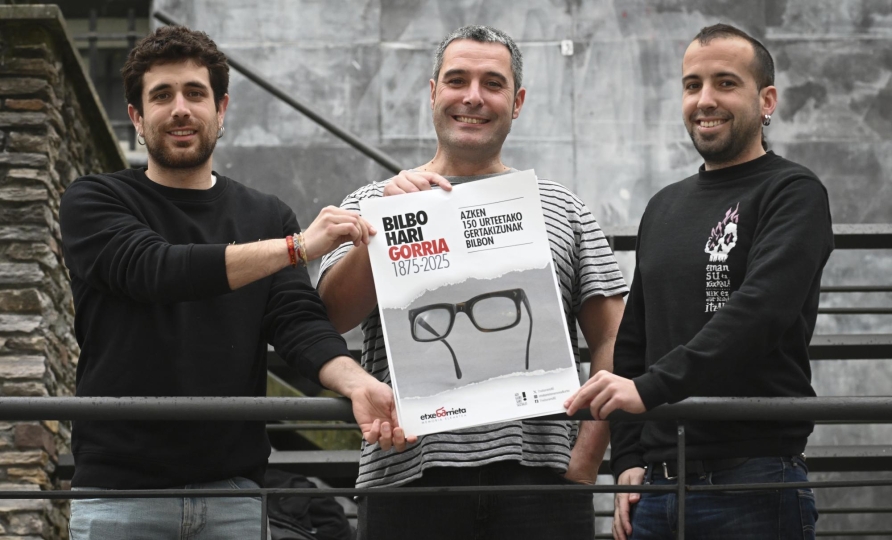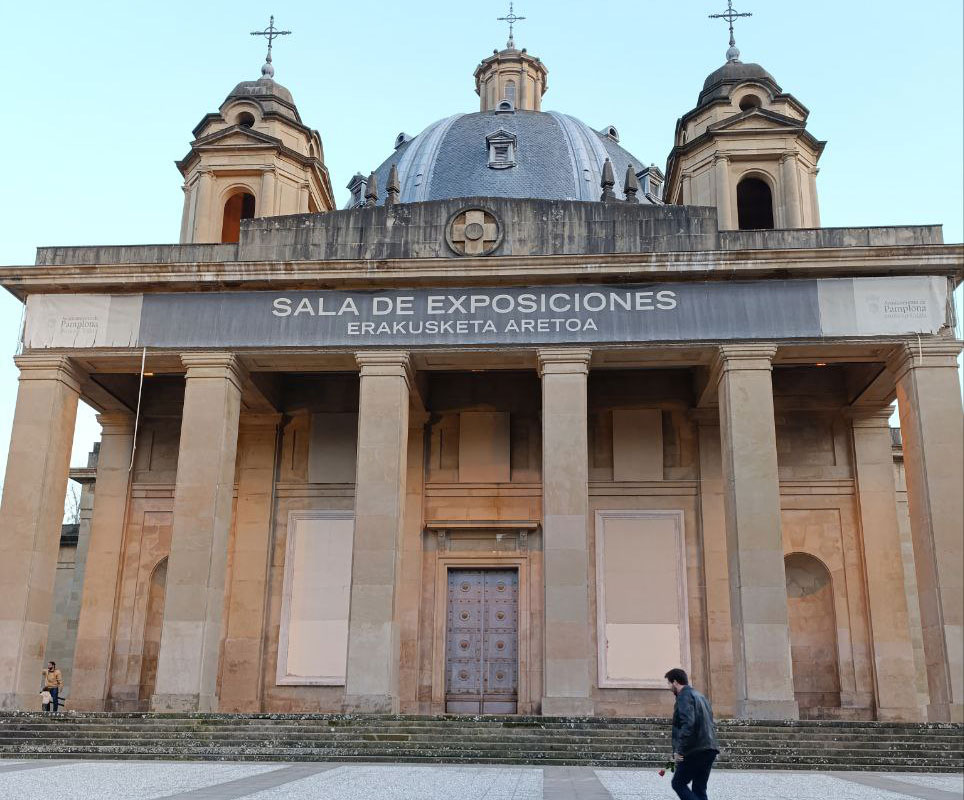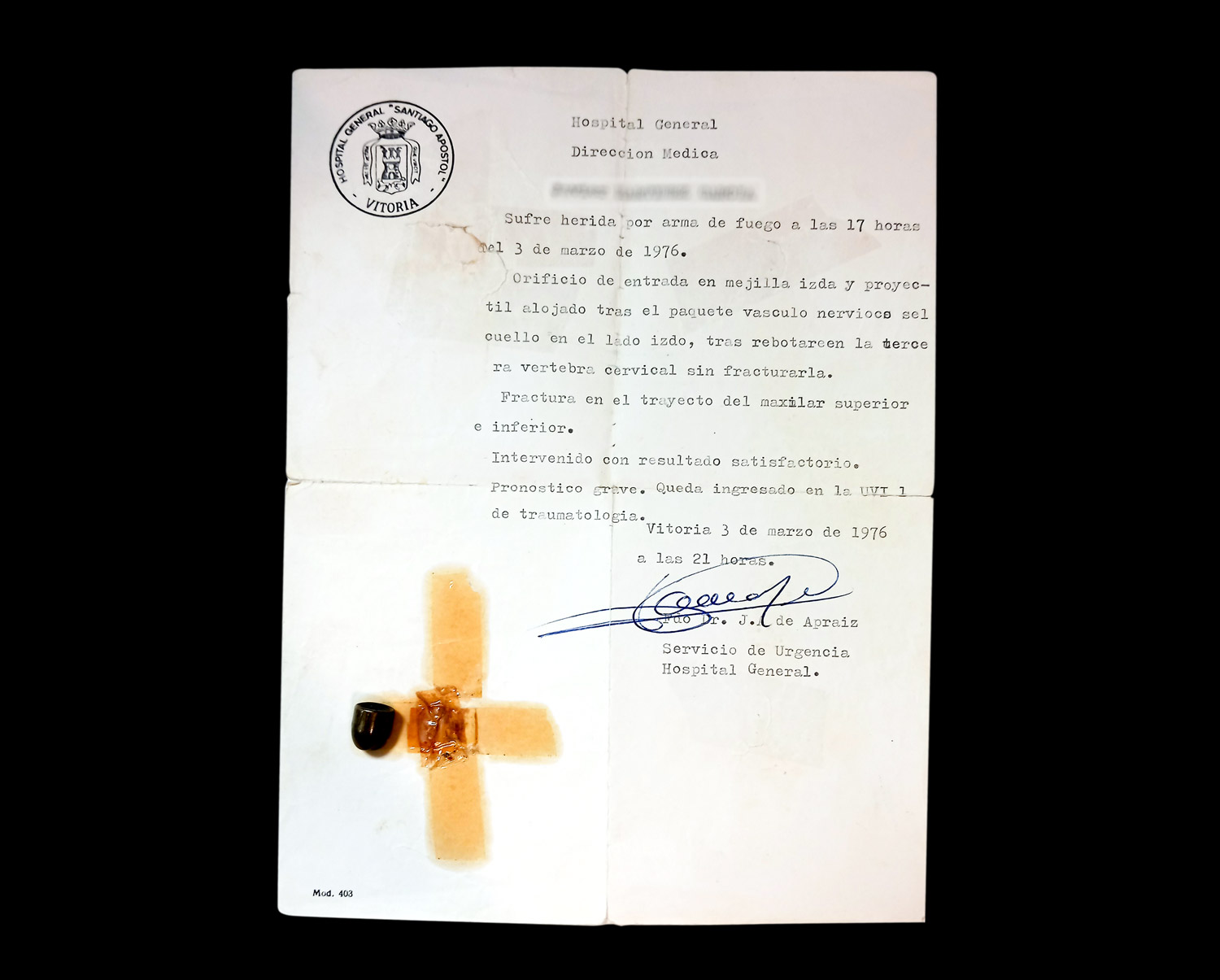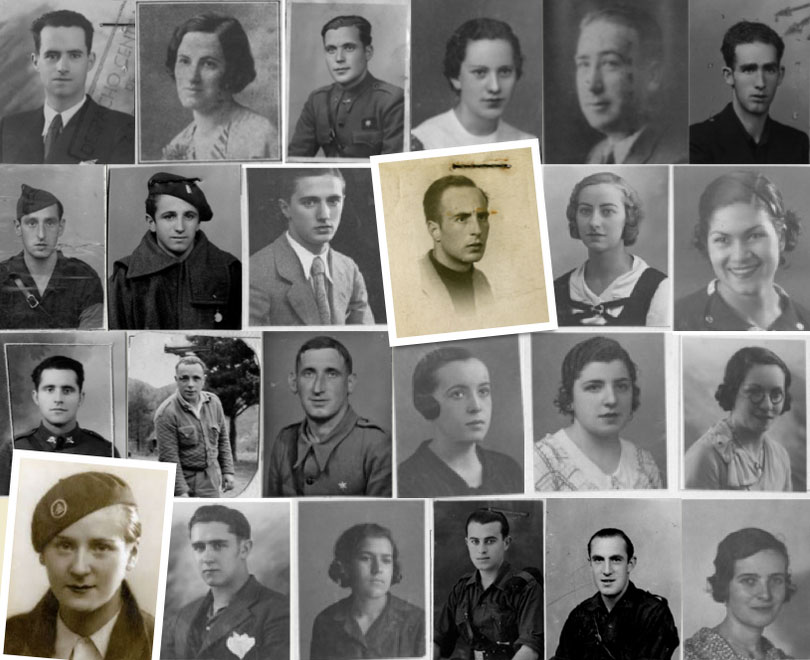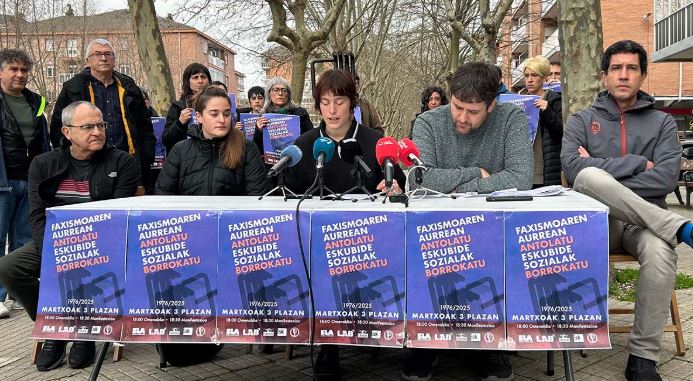How did the genocidal Queipo de Llano manage to seize and enrich itself from the Gamboga treasury?
- The Gambogaz estate in Seville was one of the main sources of wealth of the Franco general, as it used the slave republican prisoners to cultivate their lands. After the irregular trade in the treasury, notary Pamplona Fulgencio Echaide claims that there were documents found by a historian.

The remains of Francoist General Queipo de Llano have just left the Basilica of Macarena in Seville. The fact that the bones of the person who drove the genocide in the city during the 1936 War are buried in a place of honor and come out in a coffin a few hours a night.
The operation has been carried out almost covertly, knowing that the step that the movement against the crimes of Franco had long demanded on the basis of the Memory Law was going to take a long time to speak. Some relatives of the Queipo de Llano have applauded their remains, but in the dark they hear the cries of Paqui Maqueda, president of Our Memory, for the victims and against the Franco murderers:
Honra Queipo de Llano genocida frankismoy contempt for the victims. Grande @PaquiMaqueda pic.twitter.com/5shqgE2Qf5
— CeAQUA (@Ce_AQUA) November 3, 2022
Queipo de Llano was during the War of 1936, especially during the first months, one of the most important people who passionately stimulated deaths, shooting and other barbarities. He led the coup in Seville and expanded the repression, in which only over 3,000 people were shot. It was popularized by messages issued by the radio Unión Radio Sevilla, which used their words to expand their terror. Researchers believe it was responsible for 50,000 deaths.
At the beginning of the century, Echaide is located in Seville. And as the 1936 War broke out, apparently, notaries multiplied along with Francoists.
But besides promoting the most terrible repression and barbarism, the general was enriched in the shadow of Franco. Among them he took over the large finca or cortijo called Gambogaz, near the Guadalquivir River. A kind of palace.
While living there, he used the slaves with profusion to cultivate 500 hectares of land, for which the historian José María García Márquez investigated, commissioned by the Civil Governor who took republican prisoners from the territorial jail in Seville.
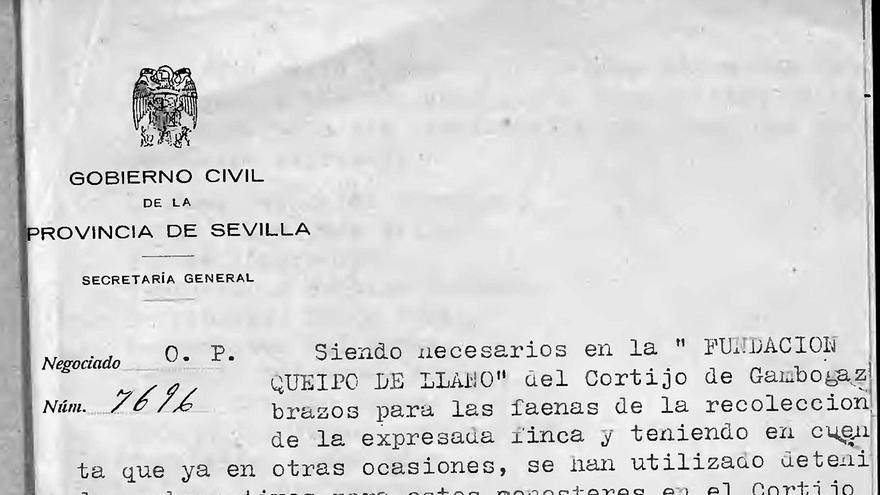
Recently, in May, another historian, José Villa, was able to demonstrate through a document that the Banco de España financed the sale of the property: He gave him 100,000 pesetas to set up a “benevolent patriotic” company. To do so, he was assisted by a notary from Malaga: Fulgencio Echaide Aguinaga.
Who was Fulgencio Echaide?
At the beginning of the century, Father Salvador Echaide, anti-Carlist and founder of the Euskara Association, visited the nationalist atmosphere of Navarra. Fulgencio was also a Vascophilous, the same we will find on St. Andrew's day giving lectures on the Basque renaissance, or in the Naphar Buru Batzar's mittens, in Urroz, in Tafalla or in Ujué. Echaide is in Seville years later. And as the 1936 War broke out, notaries appeared to proliferate along with Francoists.
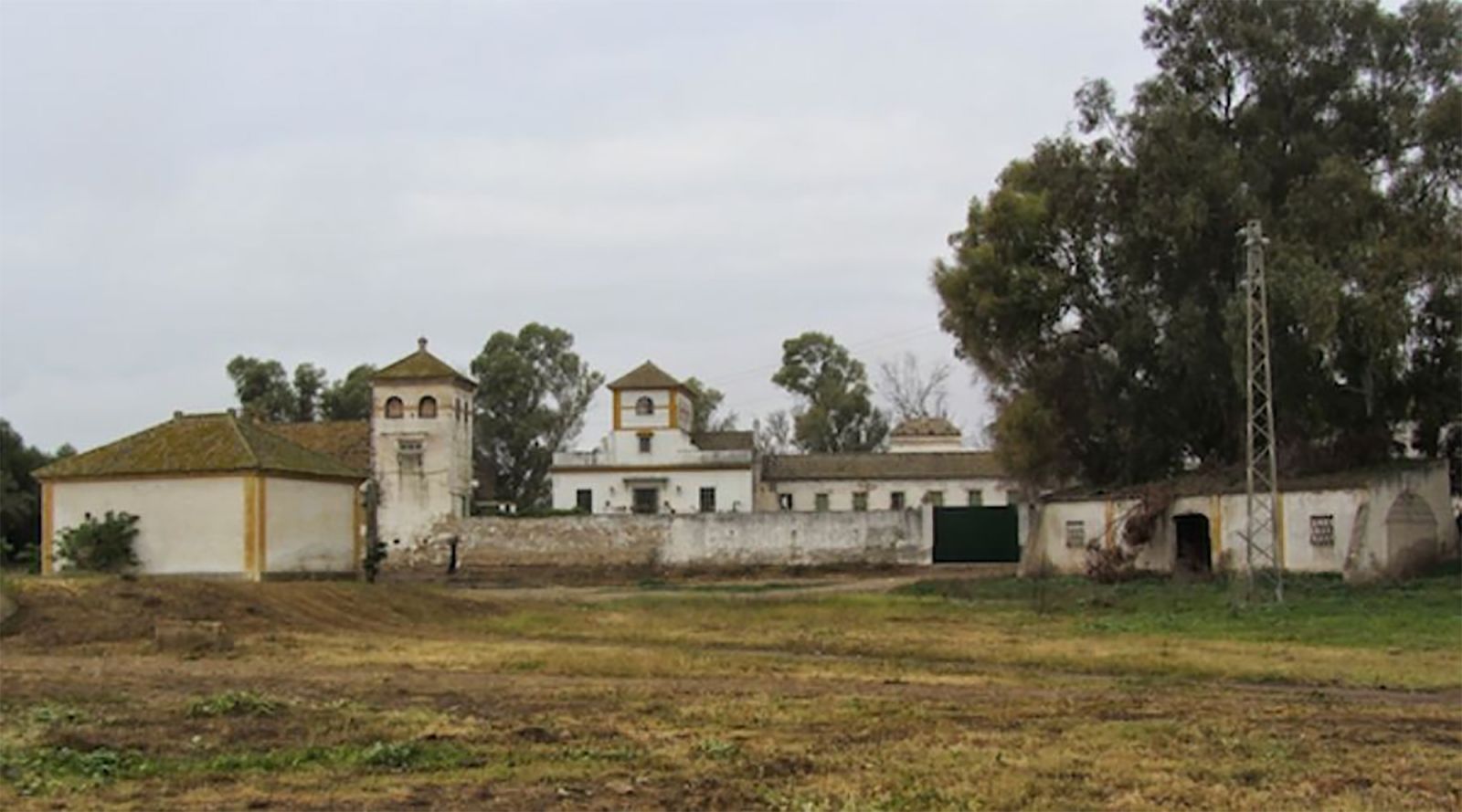
He signed on December 24, 1937 the sales document that he gave to Gambogaz Queipo de Llano, and according to the historian it was fundamental, making use of legal engineering, specifically founding a foundation, to hide that the genocidal took over the estate in a truly irregular way, and not through the citizens’ money contributions for “saving Seville”, as the Franco’s account explained for decades.
As with the Meiras Pacific of Francisco Franco, in this case also the memorial groups wish to return with the Gambogaz platform to the people of Seville, occupied by the SAT union in 2018, for which a new path has been opened.
Salvador Puig Antich frankismoaren kontrako militantea izan zen. Askapen Mugimendu Iberikoko kidea, 1973ko irailaren 25ean atxilotu zuten. Gerra-kontseilua egin zioten, eta garrotez exekutatu zuten handik sei hilabetera, 1974ko martxoaren 2an. Aurtengo otsailean baliogabetu du... [+]
Kirola eta oroimena uztartuko dituzte, bigarrenez, mendi-martxa baten bitartez. Ez da lehiakorra izanen, helburua beste bat delako. La Fuga izeneko mendi martxak 1938ko sarraskia gogorarazi nahi du. Ezkabako gotorlekuan hasi eta Urepelen amaituko da. Maiatzaren 17an eginen dute.
Fusilamenduak, elektrodoak eta poltsa, hobi komunak, kolpismoa, jazarpena, drogak, Galindo, umiliazioak, gerra zikina, Intxaurrondo, narkotrafikoa, estoldak, hizkuntza inposaketa, Altsasu, inpunitatea… Guardia Zibilaren lorratza iluna da Euskal Herrian, baita Espainiako... [+]
Gogora Institutuak 1936ko Gerrako biktimen inguruan egindako txostenean "erreketeak, falangistak, Kondor Legioko hegazkinlari alemaniar naziak eta faxista italiarrak" ageri direla salatu du Intxorta 1937 elkarteak, eta izen horiek kentzeko eskatu du. Maria Jesus San Jose... [+]
Familiak eskatu bezala, aurten Angel oroitzeko ekitaldia lore-eskaintza txiki bat izan da, Martin Azpilikueta kalean oroitarazten duen plakaren ondoan. 21 urte geroago, Angel jada biktima-estatus ofizialarekin gogoratzen dute.
Bilbo Hari Gorria dinamikarekin ekarriko ditu gurera azken 150 urteetako Bilboko efemerideak Etxebarrieta Memoria Elkarteak. Iker Egiraun kideak xehetasunak eskaini dizkigu.
33/2013 Foru Legeari Xedapen gehigarri bat gehitu zaio datozen aldaketak gauzatu ahal izateko, eta horren bidez ahalbidetzen da “erregimen frankistaren garaipenaren gorespenezkoak gertatzen diren zati sinbolikoak erretiratzea eta kupularen barnealdeko margolanak... [+]
1976ko martxoaren 3an, Gasteizen, Poliziak ehunka tiro egin zituen asanbladan bildutako jendetzaren aurka, zabalduz eta erradikalizatuz zihoan greba mugimendua odoletan ito nahian. Bost langile hil zituzten, baina “egun hartan hildakoak gehiago ez izatea ia miraria... [+]
Memoria eta Bizikidetzako, Kanpo Ekintzako eta Euskarako Departamentuko Memoriaren Nafarroako Institutuak "Maistrak eta maisu errepresaliatuak Nafarroan (1936-1976)" hezkuntza-webgunea aurkeztu du.









